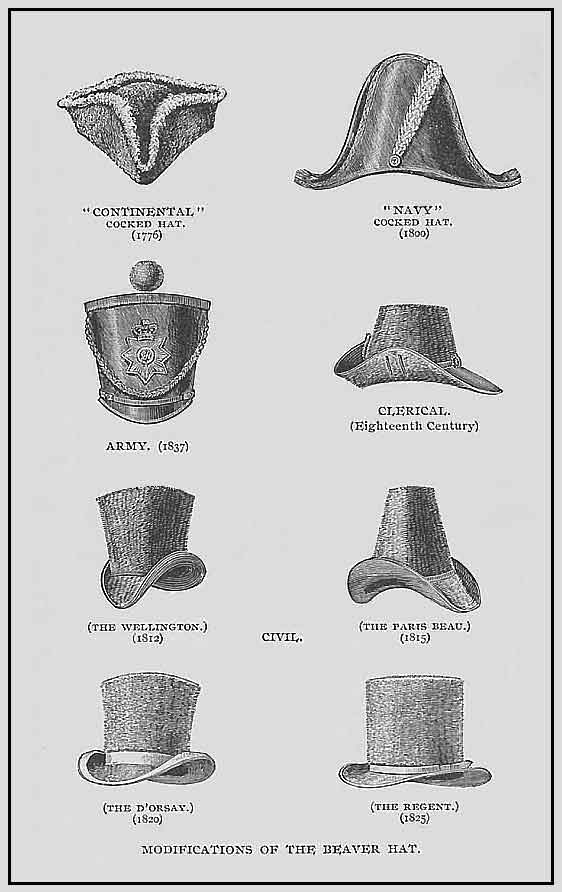BOOK NO LONGER FOR SALE
David Thompson - Fur Trader
BOOK NO LONGER FOR SALE
Sometimes Only Horses to Eat
David Thompson — The Saleesh House Period
author Carl W. Haywood
"Thompson was an amazing man. This book gives a good insight into the hard lives these men had to live in a remote wilderness. I live an hour away from the town named after him. I'll look at it in a new light next time I am there."
Richard D. Cline
HATS! Beaver hats that is. Had it not been for beaver, David Thompson and thousands of others would not have left Europe for the desolate, expansive forests and prairies of Canada and the United States. That was where the Hudson's Bay and North West Companies sent brigades of men to establish trading posts and to find and map canoe supply routes covering thousands of miles of rivers and streams. That vast system of waterways provided the brigades with access to hunt and trade for beaver pelts and to haul the pelts back to civilization for shipment to Europe. And it was the expansion of this fur trade that brought explorer David Thompson to the west side of the Rocky Mountains and south of the 49th parallel to establish 3 North West Company trading posts: Kullyspel House, Saleesh House and Spokane House.
He traded primarily with the Saleesh (Thompson's spelling) and Kootanai Indians up and down the river he called the Saleesh (today's Clark Fork) after the people he first encountered there. He called his travel route along Saleesh River, the Saleesh Road to the Buffalo. He remained in charge of North West Company trading operations west of the Rockies until his final departure from the fur trade in 1812. This book focuses primarily on his travels across North America during period of his western adventures from 1807–1812.
No portraits of David Thompson are known to exist. Most likenesses have been based solely on a verbal description of Thompson provided by Dr. John Bigsby after the two had met briefly in 1819. In later years, one of Thompson's daughters stated that her father had looked very similar to John Bunyan, a 17th century Christian writer and preacher. One of Thompson's grandsons described him as looking much like Joseph Curran, a prominent, 19th century Canadian lawyer and Member of Parliament. Cricket Johnston's likeness is a composite of the three references.
David Thompson mapped nearly four million square miles of North America as he traveled across Canada crossing the Rocky Mountains and on to the Pacific Ocean. He was probably the greatest mapmaker who ever lived. Because of his night observation of the Moons of Jupiter to set his chronometer, he was called Koo-Koo-Sint by the Aboriginal peoples.


